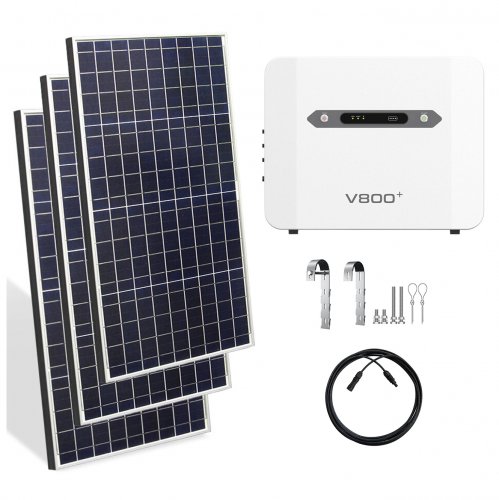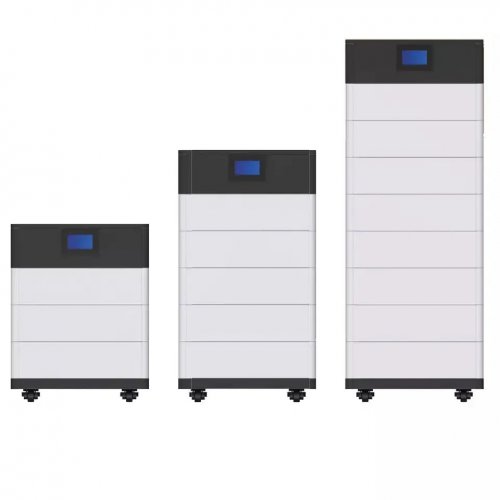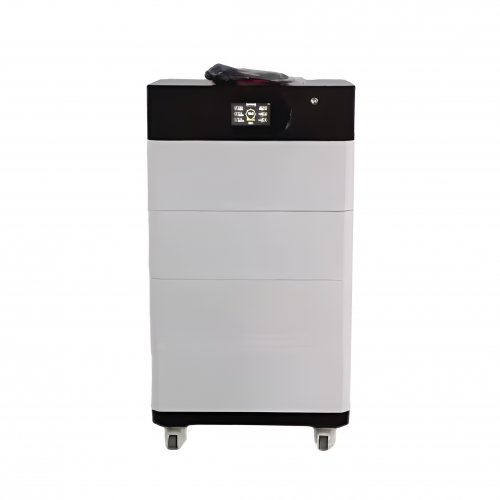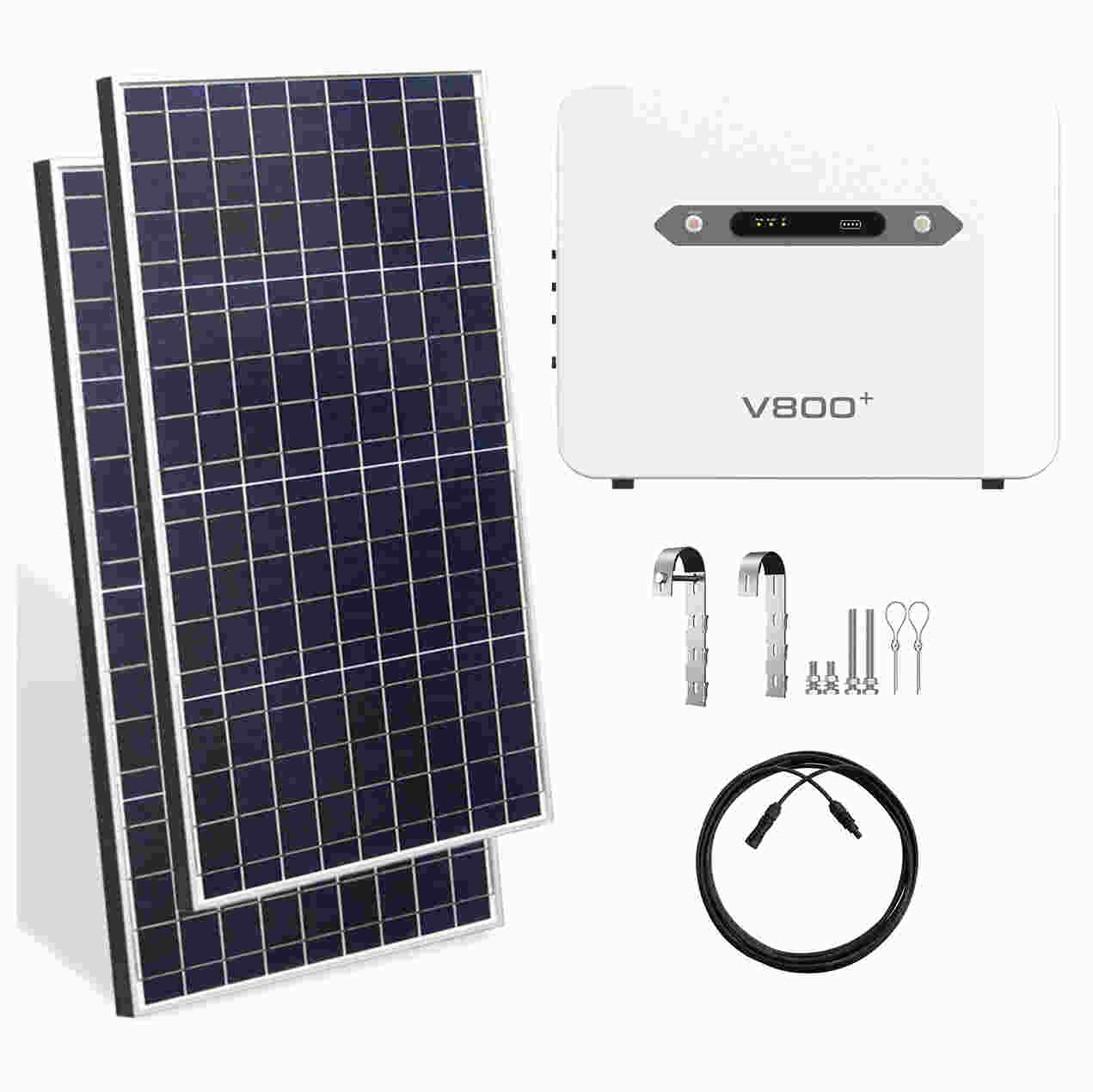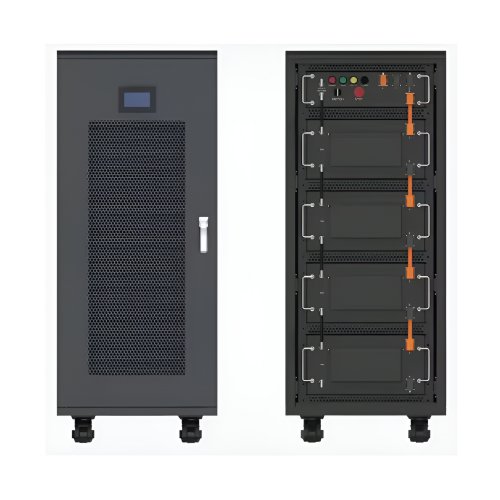Lfp Battery Technology Advancements News: Surging Global Adoption And Next-generation Innovations Reshape The Energy Storage Landscape
The energy storage sector is witnessing a pronounced and sustained shift, largely driven by rapid and significant advancements in Lithium Iron Phosphate (LFP) battery technology. Once considered a niche chemistry primarily for specialized applications, LFP has now firmly entered the mainstream, challenging the long-standing dominance of Nickel Manganese Cobalt (NMC) batteries. This surge is fueled by relentless innovation aimed at overcoming LFP's historical limitations, making it the preferred choice for a growing number of electric vehicle (EV) manufacturers and grid-scale energy storage projects worldwide.
Latest Industry Dynamics: From EV Dominance to Grid-Scale Deployment
The most visible indicator of LFP's ascent is its accelerating adoption by leading automakers. Tesla has been a pivotal force, standardizing LFP chemistry for all its standard-range models globally. This move has been echoed by industry giants like Ford, which plans to use LFP in its Mustang Mach-E and F-150 Lightning, and Volkswagen, which has committed to LFP for its entry-level EVs. The rationale is clear: LFP batteries offer a compelling combination of lower cost, enhanced safety, and longer cycle life, albeit with a lower energy density than NMC.
Beyond passenger vehicles, the commercial and heavy-duty transport sectors are increasingly exploring LFP solutions. Companies like BYD, which has long championed the technology, are deploying LFP batteries in electric buses and trucks, where safety and operational longevity are paramount. The energy storage system (ESS) market, however, is perhaps where LFP's growth is most explosive. Project developers and utilities are prioritizing LFP for large-scale installations due to its superior cycle life—often exceeding 6,000 cycles—and minimal fire risk, which simplifies safety protocols and reduces insurance premiums. Recent mega-projects, such as those announced by Plus Power in Texas and Arizona, frequently feature LFP technology as their foundation.
The supply chain is rapidly reorganizing to meet this booming demand. Chinese battery giants CATL and BYD continue to lead production capacity, but a significant trend is the rapid localization of LFP cell and component manufacturing outside of China. Companies in the United States, such as Ultium Cells (a GM-LG joint venture) and new entrants like American Battery Factory, are investing billions in new facilities dedicated to LFP production. This trend is partly driven by policy incentives like the U.S. Inflation Reduction Act, which rewards domestic content, and by a desire to build more resilient, geographically diverse supply chains.
Trend Analysis: Overcoming Limitations and Forging New Frontiers
The ongoing advancements in LFP technology are systematically addressing its traditional weaknesses, primarily its lower volumetric energy density. The key trends defining the next wave of innovation include:Cell-to-Pack (CTP) and Structural Battery Technologies: Manufacturers are eliminating the bulky module structures of traditional battery packs. By integrating cells directly into the pack (CTP) or even using the battery case as a structural element of the vehicle chassis, engineers are significantly increasing the pack-level energy density. CATL's "Qilin" and BYD's "Blade Battery" are prime examples, allowing LFP-powered EVs to achieve ranges well over 400 miles on a single charge, effectively neutralizing the range anxiety argument for most consumers.Next-Generation LFP Cathodes: Research is focused on refining the cathode material itself. Through nano-engineering and novel doping techniques—using elements like manganese—scientists are creating LMFP (Lithium Manganese Iron Phosphate) cathodes. This new variant promises a 10-20% increase in energy density while largely retaining the cost and safety benefits of standard LFP, potentially opening up its use in higher-performance vehicle segments.Supply Chain Diversification and Material Processing: With no cobalt or nickel in its chemistry, LFP is inherently less exposed to critical mineral price volatility. However, its production still relies on a mature but geographically concentrated supply chain for lithium and phosphorus. The industry is now investing heavily in refining lithium processing outside of China and exploring novel, more sustainable methods for sourcing high-purity iron and phosphate. This diversification is critical for long-term price stability and scaling.Integration with Solid-State Electrolytes: While often associated with high-energy-density batteries, solid-state technology also holds promise for LFP. Replacing the liquid electrolyte with a solid counterpart could further enhance the already excellent safety profile of LFP batteries by entirely eliminating the risk of leakage or thermal runaway due to separator failure. It could also enable the use of lithium metal anodes, which could dramatically boost the energy density of LFP cells in the longer term.
Expert Perspectives: A Cautiously Optimistic Outlook
Industry analysts and experts largely view the LFP expansion as a durable trend rather than a fleeting cycle. "The economics are simply too compelling to ignore, especially for high-utilization applications like ride-sharing fleets, commercial vehicles, and stationary storage," says Dr. Elena Mitchell, a senior research fellow at the Institute for Energy Storage. "The focus on safety, particularly in densely populated areas or for home storage, is making LFP the de facto standard for new project approvals."
However, experts also caution against viewing the battery landscape as a winner-take-all scenario. "We are moving towards a multi-chemistry ecosystem," notes Rajesh Gupta, a partner at a cleantech venture capital firm. "NMC and its variants will likely retain advantages in premium segments where maximum energy density is critical. The real innovation will be in choosing the right tool for the right job, and LFP has firmly established itself as the optimal tool for a massive and growing set of applications."
The sentiment is that the competition between chemistries will continue to drive innovation across the board. The rise of LFP has pressured NMC developers to improve their own products' safety and cost, benefiting the entire industry and accelerating the global transition to electrification.
In conclusion, the advancements in LFP battery technology represent a fundamental maturation of the energy storage market. By delivering a robust, cost-effective, and safe solution, LFP is democratizing access to electrification for transportation and grid stability. As research into new cathode materials, pack integration, and solid-state integration continues, LFP's role is set to become even more central, solidifying its position as a cornerstone of the global sustainable energy ecosystem.
Customized/OEM/ODM Service
HomSolar Supports Lifepo4 battery pack customization/OEM/ODM service, welcome to contact us and tell us your needs.


HomSolar: Your One-stop LiFePO4 Battery Pack & ESS Solution Manufacturer
Our line of LiFePO4 (LFP) batteries offer a solution to demanding applications that require a lighter weight, longer life, and higher capacity battery. Features include advanced battery management systems (BMS), Bluetooth® communication and active intelligent monitoring.

Customised Lithium Iron Phosphate Battery Casing
ABS plastic housing, aluminium housing, stainless steel housing and iron housing are available, and can also be designed and customised according to your needs.

HomSolar Smart BMS
Intelligent Battery Management System for HomSolar Energy Storage System. Bluetooth, temperature sensor, LCD display, CAN interface, UART interface also available.


Terminals & Plugs Can Be Customized
A wide range of terminals and plugs can be customised to suit the application needs of your battery products.

Well-designed Solutions for Energy Storage Systems
We will design the perfect energy storage system solution according to your needs, so that you can easily solve the specific industry applications of battery products.



About Our Battery Cells
Our energy storage system products use brand new grade A LiFePO4 cells with a battery lifespan of more than 4,000 charge/discharge cycles.



Applications in Different Industries
We supply customized & OEM battery pack, assemble cells with wiring, fuse and plastic cover, all the cell wires connected to PCB plug or built BMS.
Applications: E-bike, Electric Scooter, Golf Carts, RV, Electric Wheelchair, Electric Tools, Robot Cleaner, Robot Sweeper, Solar Energy Storage System, Emergency Light, Solar Power Light, Medical Equipment, UPS Backup Power Supply.
We can provide you with customized services. We have the ability to provide a vertical supply chain, from single cells to pack/module and to a complete power solution with BMS, etc.


HomSolar (Shenzhen) Technology Co., Ltd







